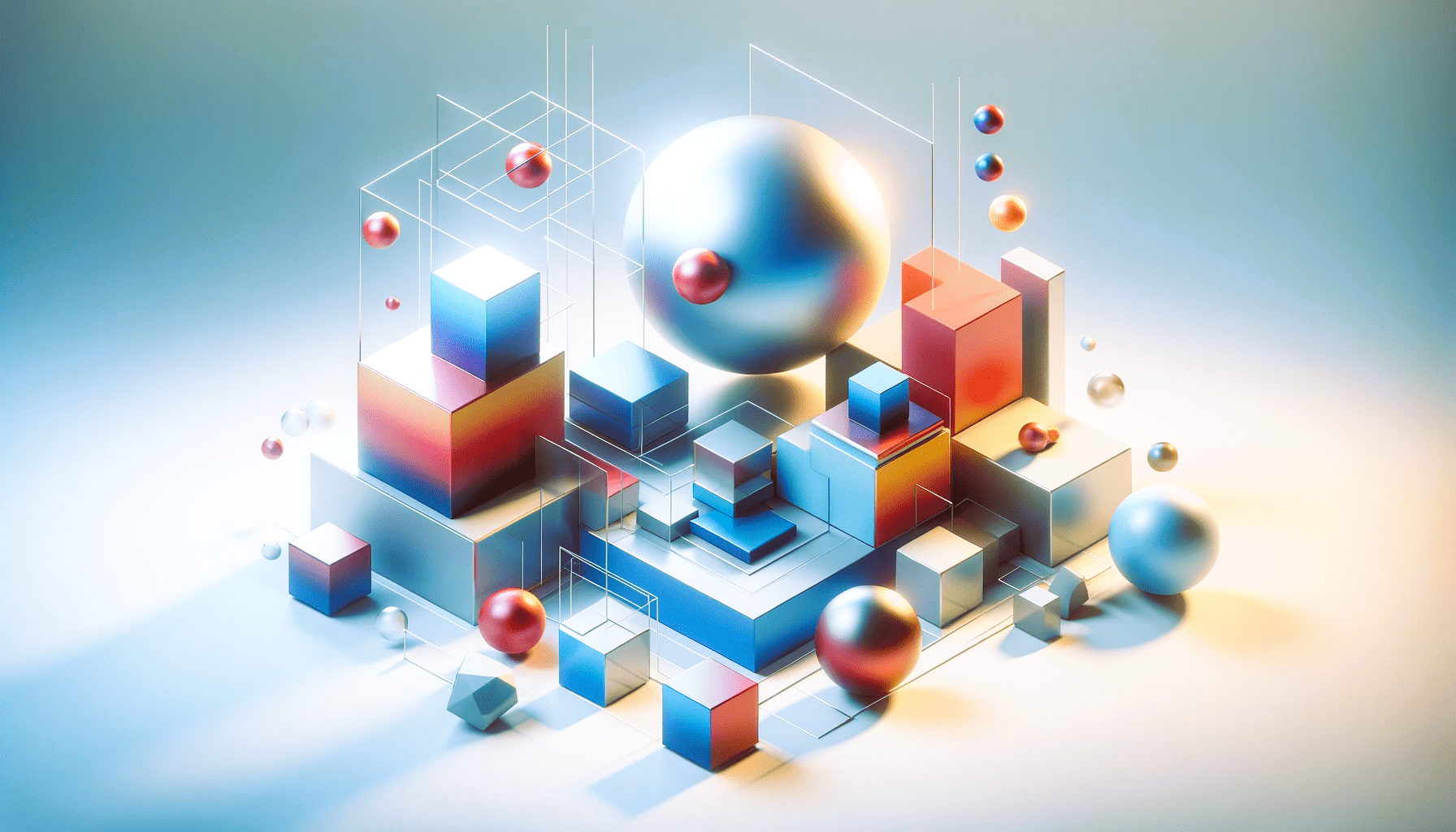In the ever-evolving landscape of web design, the integration of 3D elements has emerged as a transformative trend, adding depth, interactivity, and a new dimension to online experiences. From immersive visuals to interactive interfaces, 3D elements have opened up a world of creative possibilities for designers. In this article, we will delve into the realm of 3D elements in web design, exploring their applications, benefits, and considerations for an optimal user experience.
1. The Rise of 3D Elements in Web Design
In recent years, advancements in web technologies and browsers have paved the way for the seamless integration of 3D elements into web design. This departure from traditional flat design has given rise to a new era of creativity, allowing designers to craft visually stunning and engaging websites that captivate users from the moment they land on a page.
2. Applications of 3D Elements
- Immersive Visual Experiences: 3D elements bring a level of realism and immersion that was previously difficult to achieve with traditional design methods. From lifelike product visualizations to virtual environments, 3D elements create an immersive visual experience that captures the attention of users.
- Interactive Interfaces: The incorporation of 3D elements enables the creation of interactive interfaces that respond to user actions. This can range from dynamic navigation menus to interactive product demos, providing users with a more engaging and memorable interaction.
- Product Presentations: E-commerce websites leverage 3D elements to showcase products in a more detailed and interactive manner. Users can rotate, zoom, and explore products from different angles, mimicking an in-store experience and boosting user confidence in their purchasing decisions.
- Storytelling and Narratives: 3D elements enhance storytelling on the web by allowing designers to create dynamic and visually compelling narratives. Whether used in hero banners or throughout a website, 3D visuals can convey a brand’s story in a way that resonates with users on a deeper level.
3. Benefits of Incorporating 3D Elements
- Enhanced User Engagement: The introduction of 3D elements tends to captivate users and prolong their engagement with a website. The dynamic nature of 3D visuals creates a sense of curiosity and encourages users to explore the content further.
- Brand Differentiation: In a crowded online landscape, standing out is crucial. Websites that incorporate well-executed 3D elements can differentiate themselves from competitors, leaving a lasting impression on visitors.
- Increased Conversion Rates: For e-commerce websites, the use of 3D elements in product presentations has been linked to increased conversion rates. The ability to closely examine a product before making a purchase decision enhances the user’s confidence and trust.
- Technological Advancements: As browsers and devices continue to advance, the support for 3D elements becomes more widespread. This ensures that a broader audience can experience the intended design without compatibility issues.
4. Considerations for Implementing 3D Elements

- Performance Optimization: While 3D elements can enhance the visual appeal, it’s essential to balance aesthetics with performance. Large and complex 3D models may affect page loading times, potentially leading to a negative user experience. Implement techniques such as lazy loading and optimized models to mitigate these issues. Read our tips for creating an effective call to action (CTA).
- Browser Compatibility: Although support for 3D elements is growing, not all browsers and devices may fully support the latest technologies. It’s crucial to test and ensure a fallback or alternative design for users on less compatible platforms.
- Accessibility: Consider the accessibility implications of 3D elements. Provide alternative content or descriptions for users who may rely on screen readers or have other accessibility needs. Ensure that the 3D elements enhance, rather than hinder, the overall user experience.
5. Future Trends in 3D Web Design
The world of 3D web design is continually evolving, and several trends are likely to shape its future:
- WebAR (Web Augmented Reality): The integration of augmented reality experiences on the web is gaining momentum. 3D elements will play a crucial role in creating realistic and interactive AR content accessible directly through web browsers.
- Real-Time Rendering: Advancements in real-time rendering technologies will enable more complex and dynamic 3D visuals. This will lead to more sophisticated interactive experiences on websites.
- WebGL and WebXR: The development of WebGL (Web Graphics Library) and WebXR (Web Extended Reality) standards will further enhance the capabilities of 3D web design, making it more accessible and standardized across browsers.
6. Conclusion
The incorporation of 3D elements in web design represents a significant leap forward in the quest for more immersive and engaging online experiences. From enhancing visual storytelling to providing interactive product presentations, the creative possibilities are vast. As technology continues to advance, designers must strike a balance between pushing the boundaries of innovation and ensuring a seamless, accessible, and performant user experience.
For more insights into web design standards and practices, you can visit the Wikipedia page on Web Design.


